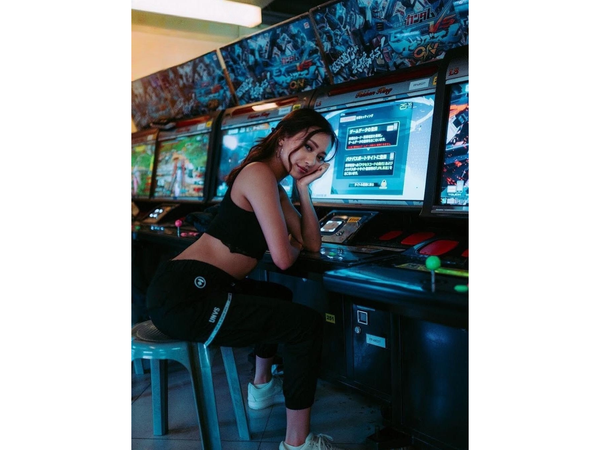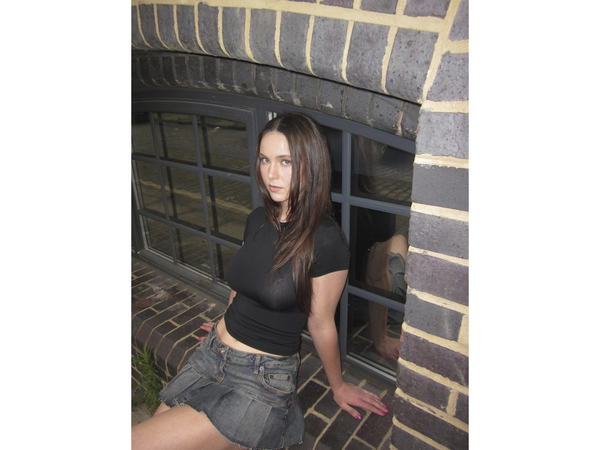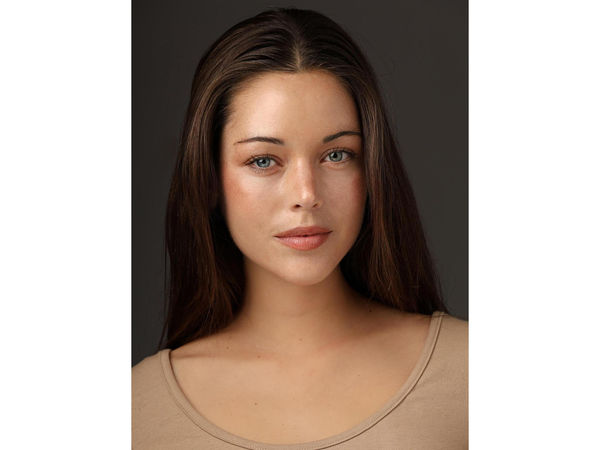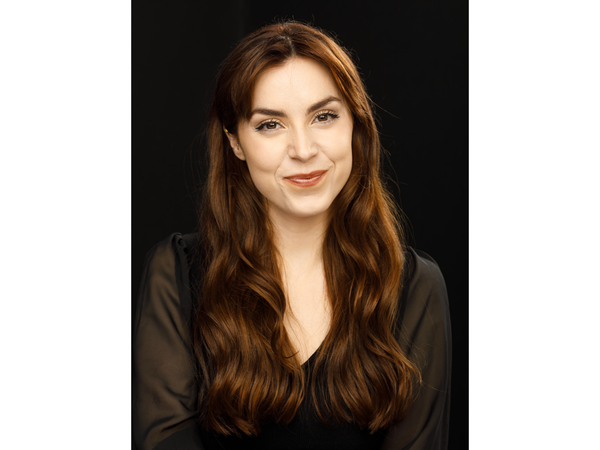JAN-BART VAN BEEK TALKS HORIZON: ZERO DAWN
"Got the call we could start brainstorming"
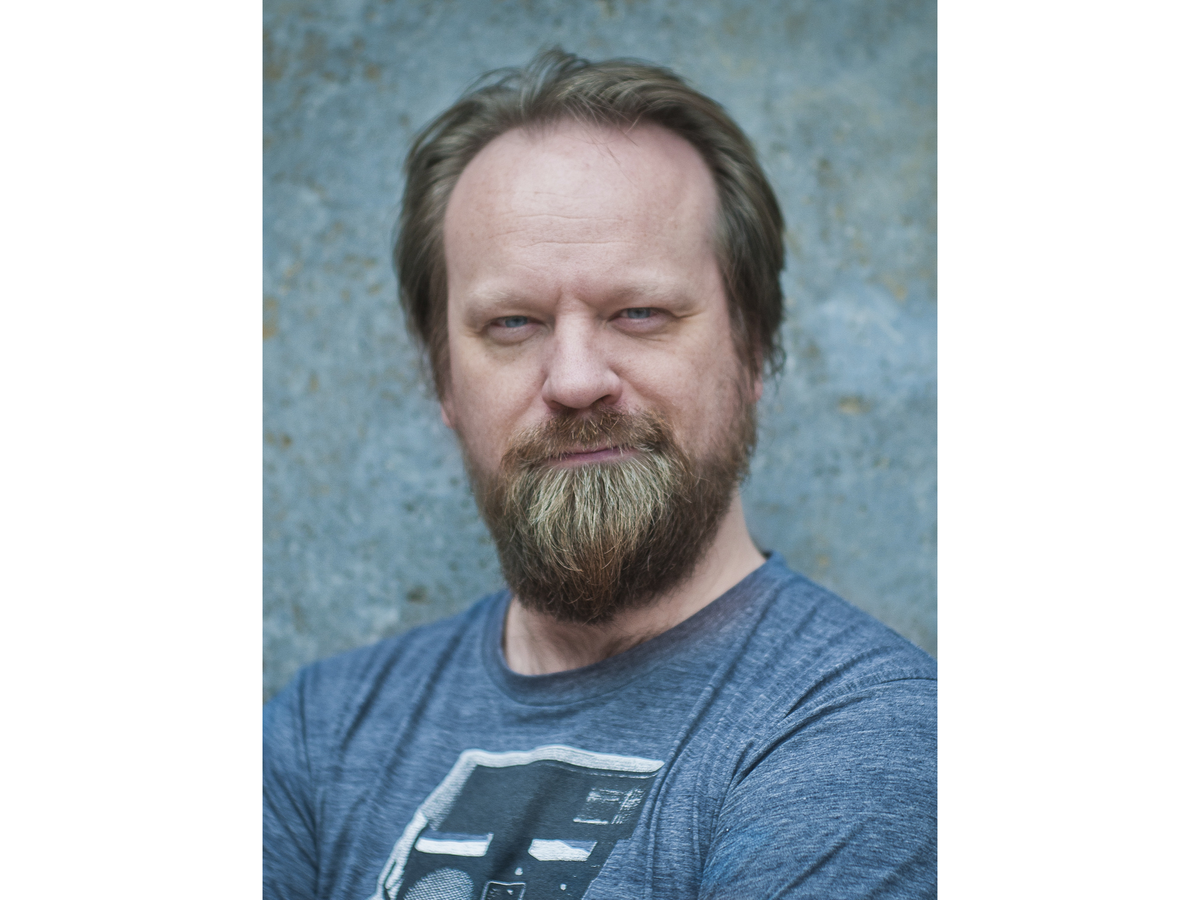
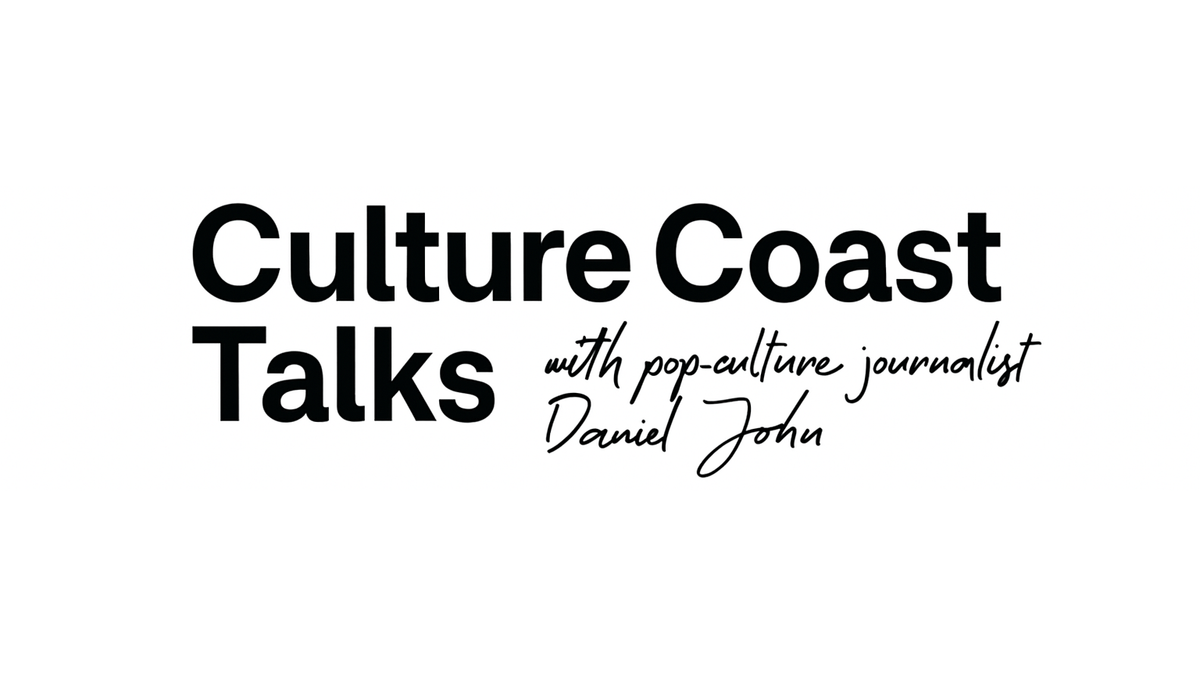
Since I personally love the 'Killzone' series, I was a little hesitant at first about you putting that series on pause for something new. But it must've been really exciting for you?
Oh, really? That’s fun! Yes, and to some extent, it has also been a relief for us. We’ve been working on 'Killzone' for over ten years now, and even though we really enjoy dystopian futures and the whole thing with a universe in the style of 'Blade Runner' and 'Alien', which we’re big fans of, it’s a kind of universe we find interesting and engaging to create, over time though, it became a bit tiring to take on. It was just concrete, glass, and steel everywhere. When we got the call that we could start brainstorming new ideas, I think many of us were immediately drawn to something that would be artistic, creative, and technically very different from anything we had done before. Something that, from a purely artistic standpoint, would allow us to spread our wings and explore what else we could do. So it was almost like 'Horizon: Zero Dawn' could become a one hundred eighty-degree flip away from 'Killzone'. Which probably made it extra exciting for us.
Was it a sure thing?
Well, it wasn’t like it was a sure thing, it was not, “This is what we’re going to do!” When the project was pitched for the first time, it was just one out of forty different ideas. Sure, it might have already been one that was really high up on the stack of game proposals and one that we all thought would be cool to make, because of course it is every developer’s dream to make this game.
But?
But at the same time, we all saw the risks that came with it, a genre we weren’t very familiar with, and an open world like this was something we had never created before. All our experience from working on 'Killzone' had been focused on very scripted, fairly linear experiences. Back then, it was about controlling the player’s every second, every heartbeat they had, and this would, in most ways, be the exact opposite. Open worlds are completely different because you have to rely on so many different systems working together to give the player a different kind of power, where control isn’t taken away from the player but rather given to them. So, it was dramatically different, and therefore perhaps the riskiest thing we could see ourselves doing. Fortunately, we could and wanted to take the studio and change it around a bit, in a way starting over from scratch.
What other ideas were in your proposal pile?
So, while it was always our favorite for about one or two years of planning, we were still divided and had a lot of other ideas too. We thought maybe we should do something else, maybe something a bit more “home” for us, something more like 'Killzone'. But every time we looked at something else, we just thought, “No, this isn’t as exciting as 'Horizon' is". So there came a point where we just decided not to fool ourselves, because we simply would not come up with another idea that felt as exciting and fresh as this one. And this was something the entire studio could fully get behind, everyone said they wanted to make this game.
Was it as big a challenge as you first thought?
Yes, I actually think everything I mentioned was still a major part of it. Especially the shift from a linear script for us mentally, it was ingrained in our philosophy that this is how you make games. The first missions our designers created in the game still followed that template of linear 'Killzone' sequences. First this has to happen, then this has to happen, and then this has to happen, but yes, that’s not how it works in an open world. In an open world, we can’t know where the player is coming from, what they’ve done before, what weapons they carry, or which places they’ve already visited. Maybe they approached the location in a way we hadn’t anticipated. So it was a bit like we had to shake ourselves free from all of that and let go of our assumptions about how a game is made. And instead start looking at other games and try to gain a more philosophical understanding of how it is done and works.
Was it mainly the desire to create a world different from 'Killzone' that led you to make this one so vibrant and full of life. Or were there other reasons behind making this so colorful?
It’s a bit different yes! (laughs) Something we felt with post apocalyptic universes is they are often basically always the same. Whether you look at 'Mad Max', play 'Fallout' or watch 'The Road', it’s always dark and grim. Same with 'The Walking Dead', another bleak future vision. So we thought even if it’s something catastrophic, like a massive nuclear war or the asteroids that wiped out the dinosaurs, eventually something else comes afterward. It’s never the end of life itself. In most cases, something completely new arises, maybe new life? That was something we played with! That post-apocalypse might not be very interesting, maybe it would be more interesting to look at the post-post-apocalypse instead and what really comes afterward in terms of life, culture, and such. In a way, it makes everything more hopeful, suggesting that even if we fail, something else comes after that can carry the torch of life.
You have called this a role-playing game. How deep does those elements really go?
So it’s an RPG but more of an action-RPG! It sits in the middle of these genres. What I think 'Horizon: Zero Dawn' does differently from a traditional video game in this genre is that those games are often very stats-driven. Lots of numbers, modifiers, extra points on shields, and such and very often there’s even a system that calculates how much damage you can do. That’s an aspect of RPGs we wanted to take a big step away from and make something that felt more like an action game where the player’s own skill was more important and where we give them more control over their power and abilities. In a way, we took our experience from making action games with 'Killzone' and combined it with other elements from the RPG-genre. We put all the numbers aside and focused on what other ingredients make a good RPG. Which is how the player gets more power regarding the story, different dialogue choices, and nonlinear exploration of the world. We took these elements from the genre, focused on them, and left the rest aside. So it has a lot of RPG elements. But it’s not a “heavy” RPG. It’s inspired by such games but has its footing in the action genre.
What about side quests?
There are plenty of side quests, lots of activities and areas to explore, where you can find things. Regarding that, we wanted exploration to be a key part of the game. And not just discovering new tribes, tombs, machines, and so on, but also narratively, with opportunities to gain a deeper understanding of the full story. There's always multiple layers of the story that you can peel back by exploring more and talking more to the characters around you. And perhaps it is through the choices you make in optional side activities that you get the chance to shape your own story.
But these choices won’t change the main story?
In the end you can not change the story we tell about the world but on a more personal level, you can shape your relationships with mentors and other characters around you. Partly based on some choices that actually make a difference, but primarily in how other characters perceive you in the world.
What about crafting?
Crafting is a very important part of the game. It gives you a sense of being a hunter and a survivor. So part of it is that you don’t just go to a shop and buy everything you need but actually go out into nature and craft what you need while you’re out there. You make your own arrows, weapons, traps, potions, everything. In a way, it feels more like things you’ve created yourself rather than something you just bought, so it’s an important part of being a hunter in nature, all the gathering.
During the short time I have played, just before this interview, I mostly avoided combat and sneaked around in the bushes instead. But what combat–strategies are there?
The most important thing to understand about how the game is designed is that there’s a pretty clear loop for how combat works. It consists of three distinct elements. Prepare, attack, and then escape. First, you need to check that you have enough materials. You may need to craft more, maybe prepare some traps, find a good position to attack from, maybe from behind? Maybe from a tree? It’s rare that the first attempt succeeds because you probably missed something, maybe there was another robot around the corner, maybe you ran out of arrows, or maybe you just had the wrong kind of arrows. And then you have to retreat and come up with another plan. It might sound boring that the loop exists, but it is actually often during the escape that the adrenaline flows the most. That is when you think, “Oh, my plan was crap, now I have to react fast!” You run for your life, crouch, and try to get away! These are the moments your palms start to sweat, and once you’re safe again, you can think about what you can do better, or what else you need. This loop is the core of the hunt in 'Horizon: Zero Dawn'.
Can the player explore the entire world from the start?
Not entirely from the start. Initially, we guide the player a bit more, just so players get more comfortable with the world, the culture, the story, and the characters, but it opens up fairly quickly. It is not like you have to “unlock it”, you are just led out into an even larger world. It’s an experience you share with Aloy, who has not seen the larger world before either. It’s also Aloy's first time entering the world, and getting a whole new perspective. Because she, like you, has never visited any of these places in the world either. So you, the player, experience it together with her.
Is there fast travel?
There is a system for that but it is quite different from what you are used to in other games. You'll need to craft something that allows you to travel faster through the world. But, it will cost you.
I know you don’t like to talk much about the story in the game, but can you talk about Aloy’s relationship with the various tribes?
(Laughs) Not really! But this is actually an important part and something we can talk about! Something you discover early in the game is that Aloy isn’t part of any of the tribes, she’s been an outcast since birth. The Nora tribe is a bit special because their entire belief system and structure revolve around the idea that the mother is the most important aspect of their culture. And here we have Aloy, a girl with neither mother nor father, she was just found in the world, so everyone around her doesn’t really know what that means or what it would mean to let someone like her into their culture, a person completely without lineage, in their eyes, she has no rights or even a right to exist. So she becomes “strange” and isn’t allowed to be with or even speak to anyone else in the tribe. This affects how she views culture and people. It’s also something she’s carried her whole life, the questions of why she does not have a mother or father. Have they abandoned her? Surely the answers must exist, somewhere? All of this plays into the larger mysteries of this world, and this is something that both Aloy and the players will discover as you explore it together.
What is the deal with the robot dinosaurs?
When we reflected on what kind of life could follow humanity, we immediately had the idea of various electronic and digital machines that could “replicate” themselves and becoming a new form of life. When we explored this further, we spoke with robot experts and universities about how something like this could work. Everyone we spoke to quickly gave the same answer, "Nature has already solved this problem for us". That’s why companies like Boston Dynamics are already working on legged robots, because legs are much better than wheels. Without roads, with mountains and dense forests, wheels don’t matter anymore. You need legs! And if someone wanted to create robots that could sustain themselves without electricity or fuel stations everywhere they must be able to operate in nature, find their own energy, work with it, and function that way. So, sooner or later, we’re inevitably going to create a robot with a mouth, it is completely unavoidable. And that is a design clearly seen in nature. Every life form has, by design, a mouth. It’s universal. Nature has already given us the correct answers for "the most ideal robot", because that’s how it’s built its biological machines, over millions of years, already.
Are all the robots enemies?
That’s part of the story, how things used to be in our universe decades ago, humans and machines lived very closely together, but things escalated and worsened over time, so decades before the game begins, things started changing. And right when the game begins, it’s gotten even worse. Something called “The Corruption” has emerged, which is almost like a virus for the robots. It takes them over and influences them to become more aggressive toward humanity. In earlier times, they coexisted with humans, so this is something that happens here, because they weren’t originally enemies, but they’re rapidly moving toward being so.
Do you have a favourite one?
My favourite is by far the Thunderjaw. The big T-Rex-robot. It was actually the first one we created, and also the hardest one. It took almost eighteen months to complete from start to finish, which is normally the time it takes to build an entire game. Maybe it was a really foolish idea to start with the hardest one! But we also thought that if we could make it work and be fun to fight against, we'd know that we could make the rest of 'Horizon: Zero Dawn' just as enjoyable.
Can we ride the dinosaurs to get around the world?
Oh, yes. Perhaps Aloy will eventually learn the “magical” ability to train or hack robots. Or whatever you want to call it. Something that allows her to handle robots in many different ways! In some cases, she might be able to ride them, in others, they could follow her, maybe even become her allies. So there are other ways to travel in the world besides on foot. That’s certain.
Does Aloy have a special relationship to the robots?
To some extent, without giving too much away, the Nora–tribe forbids almost everything from the past. They know there are big ruins and skyscrapers. But they don’t want people visiting those places, or even talking about their existence. But Aloy is special because she is not part of the tribe, so fairly early in the game she visits one of these places and discovers technology. Technology for people in this world is somewhat like how you and I would see magic, there are no real understanding of how it could work.
These folks has never seen an iPhone?
(Laughs) If you showed an iPhone to someone in this time, they’d probably burn you at the stake, and when Aloy accesses this technology and learns to use it as she does in the game, she’s seen as a witch by others. They just see her as more dangerous. But the technology allows her to interact with the machines and other old tech, giving her a different relationship to that part of the world than anyone else in it.
What inspired Aloy. What were your big sources of inspiration for her?
When we started making the game, the idea from the start was to have a female protagonist. Not for political reasons. But because in this story we wanted to tell, it fit better. We wanted someone with a different attitude and traits than seen in other typical action games. We wanted it to be more about agility, speed, intelligence, and learning ability, rather than projecting power with muscles. So all the traits we wanted fit better with a sympathetic character, someone smarter and more intense rather than just angry. So, when we considered this, we took elements from characters we really like in popular culture like Ripley from 'Alien' or Sarah Connor from 'The Terminator', those were actually our very first two inspirations and then later, as we delved deeper into her as a character, there were aspects of Princess Mononoke which we liked, from the Ghibli film 'Nausicaä of the Valley of the Wind'.
What was it about those three characters, that felt right for Aloy as well?
Maybe it was the vulnerability in all these characters. They are vulnerable, while also being these wild, independent, and intense women. Something we wanted to recreate in our Aloy.
You have brought in people who have experience working on games like 'Fallout' and 'The Witcher' before, is that for the roleplaying parts specifically?
Yes, besides our own team, we mainly brought in people with a lot of experience creating quests in games like this. As I said, we come from working on 'Killzone', where the design was more about direct “encounters,” whereas this is much more about storytelling. We invested heavily in quest design and narrative, as well as other story aspects.
I have noticed you have recruited a lot of staff during the development of this?
I do not know the exact numbers, but I think we were about 180 people when we finished 'Killzone: Shadow Fall'. And today we’re around 230 here. That doesn’t count all the help we’ve had from external teams working on cinematic sequences and such. But yes, it’s complicated and expensive to make a video game, especially one of this scale.
Is there still a future for the 'Killzone' series?
Oh you never know, at some point we might want to return to 'Killzone' again, who knows. Because, of course, there are those who want to see that series return. I know you are a fan now, for example.
Do you have plans for a PlayStation VR game?
VR is of course something we have experience with from working on 'RIGS' and nothing is stopping us, but we also wouldn't say what we might or could do (laughs). But who knows! Something might come up.

